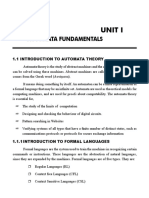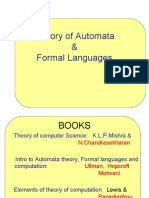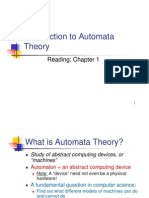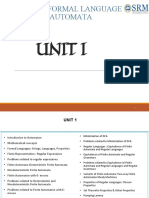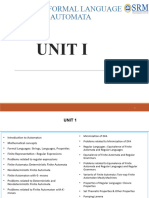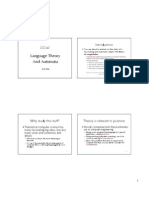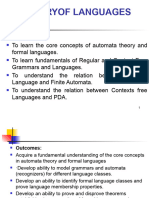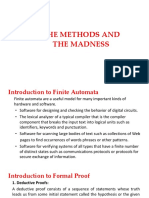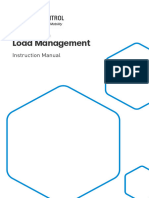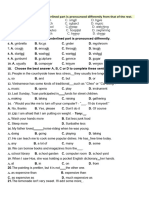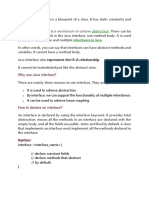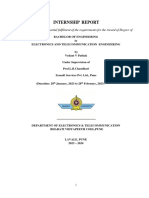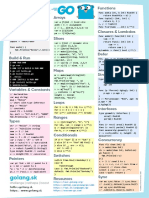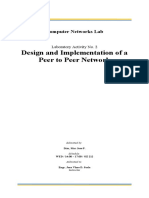0% found this document useful (0 votes)
6 views31 pagesLecture 1 Intro
The document provides an overview of automata theory, which studies abstract computational devices and their capabilities. It discusses different types of automata, including finite automata, push-down automata, and Turing machines, and highlights their applications in modeling computations and solving problems. Additionally, it covers mathematical preliminaries such as sets, proofs, and functions that are foundational to understanding automata theory.
Copyright
© © All Rights Reserved
We take content rights seriously. If you suspect this is your content, claim it here.
Available Formats
Download as PDF, TXT or read online on Scribd
0% found this document useful (0 votes)
6 views31 pagesLecture 1 Intro
The document provides an overview of automata theory, which studies abstract computational devices and their capabilities. It discusses different types of automata, including finite automata, push-down automata, and Turing machines, and highlights their applications in modeling computations and solving problems. Additionally, it covers mathematical preliminaries such as sets, proofs, and functions that are foundational to understanding automata theory.
Copyright
© © All Rights Reserved
We take content rights seriously. If you suspect this is your content, claim it here.
Available Formats
Download as PDF, TXT or read online on Scribd
/ 31






